Shrines and Springs. Or, Classical Bathing.
This post continues the account of the trip Alex and I took to Japan. The last post described how we left Kii-Katsuura and reached Shingu, a journey of nearly 16 kilometers.
For a map of our route, click here.
We started traveling by bus after we visited the JR Information Office back in Kii-Katsuura to price taxis and car rentals. The young clerk in the JR office in Katsuura made it clear that taxi and car rental costs were horrifying—over $100 US. She infected us with her frugality on the spot and of course we swore we would naturally take the bus rather than humiliate ourselves by raining lavish sums on private transportation. Later we realized, as if coming back to reality after an intense delusion, that a $100 cab ride was a huge undercharge for the distance involved. In the upshot, we might have been the only people in the Yunomine Onsen resorts who used the bus instead of forking over a modest C-note to be driven, luggage and all, into the Kumano Kodo. But we wouldn’t have wanted to miss the bus ride. The bus was full of faces—real peoples’ real faces. Sometimes we only cheat ourselves by doing the expected thing.
The highway from Shingu to Yunomine Onsen followed the Kumano-Gawa River into the Kumano mountains. Not far above Shingu’s industrial area, the Kumano-Gawa became crystal clear, flowing in shades of green and blue through a wide stony floodplain generously carved out of the surrounding mountainsides.
The bus line’s fare system was so rational and obvious that we had quite a lot of difficulty with it. An electronic board showed the numbers for each stop on the line, and from stop to stop the board ran a total of the fare owed based on the stop you got on at. Nothing could be more straightforward. The Western mind rebels at such obviousness. The lack of hidden fees and surcharges made us doubt the very numbers glowing in front of our faces. Not to mention it was much too cheap to be quite believable. Why the bus company wouldn’t instinctively cheat and abuse its passengers is more than I can answer. One felt somehow that the only fair response was to apologize to the driver for being so much trouble. It was an instructive ride. Without the people around us, we might have easily misunderstood the gigantic flood engineering projects as some sort of defacement. But here were the very people who lived with these unstable mountain creeks. Very likely they were all in favor of flood control.
Yunomine Onsen is said by some to be the oldest hot springs resort in Japan. Yunomine Onsen certainly pre-dates the resort concept by many centuries. Historically it was a last stop for pilgrim processions heading for Kumano Hongu Taisha. It was a place for ritual purification before approaching the shrine, whether in the cold springwater pools under the Yunomine Oji Shrine, which seem very little visited today, or the famous hot springs of the Onsen itself.
Everywhere we stayed in Japan the hoteliers did all that could be done to make sure we were comfortable and felt welcomed and at home. This was so much the case that comparisons would be invidious. But somehow the onsen at Yunomine actually felt as if it was familiar. Just looking at it was enough to set off waves of relaxation. This, if I had any doubts about it, was the very spot I had been trying to reach. It was as if our guest room itself was the exact room I had been trying to find.
There wasn’t much to do in Yunomine Onsen except love the place. There were a couple of snack bars across the street, and the inevitable stand of vending machines, which included a hot coffee machine. Yunomine Onsen would probably develop a side street and thus become a two-street hamlet if it could, but the sharp walls of the gorge prevent it. Thus some of the onsens in Yunomine have driveways and even small parking lots, while others do not. The possibilities included getting a green matcha ice cream cone (highly advised), or boiling some more eggs in the creek if you haven’t done that already, or taking another bath or two while waiting for dinner.
For dinner, a 4.5 or maybe 5 star chef (though Michelin doesn’t go to Yunomine Onsen) produced tray after tray of astonishing cuisine. It has to be said the hot springs feast is not about pounds of food and gluttony. Kaiseki cuisine is supremely healthy. It’s about place, the place the food comes from and the place where you’re having the food; and it is about time and the seasons. The genius of the meal is its locavore inspiration as well as the variety and care taken in making it. We were served with the end of summer in the Kumano Mountains --not a story in words, but a story in themes and flavors leading from course to course, with foreshadowing and racconto, mimesis and prolepsis, peripeteia and proairetics. There was science and there was mystery; there was tragedy and comedy and legend and fable, and the meal then ended with eucatastrophe and tea. That is how it should be if you want your guest to depart wondering in himself at that which was come to pass. Much like the Sistine Chapel or the Jupiter Symphony, no amateur can do it.
We had certainly climbed a mountain to get to Hongu and naturally we had to climb a mountain to get back.
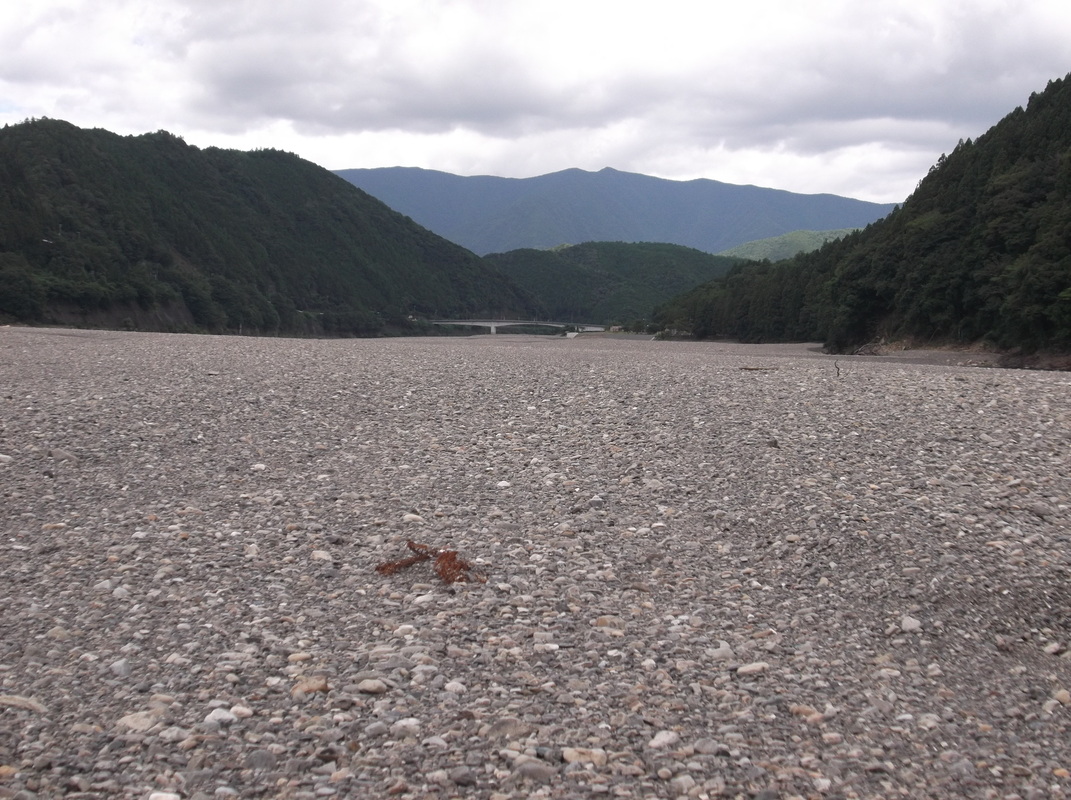
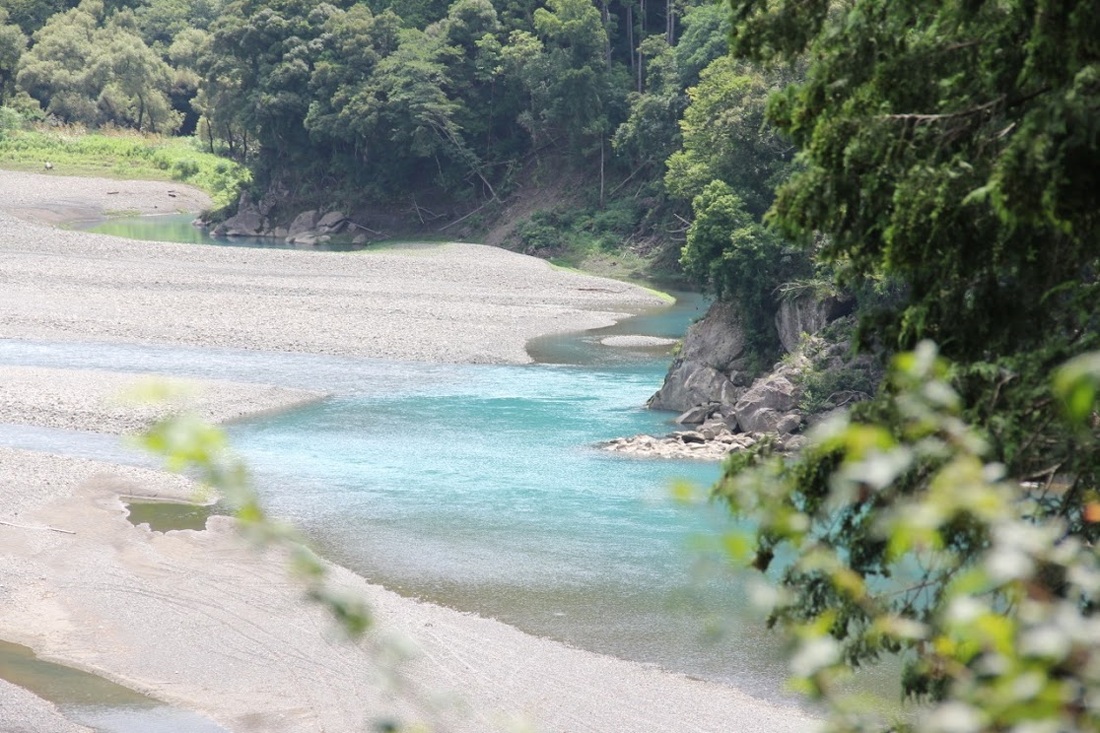
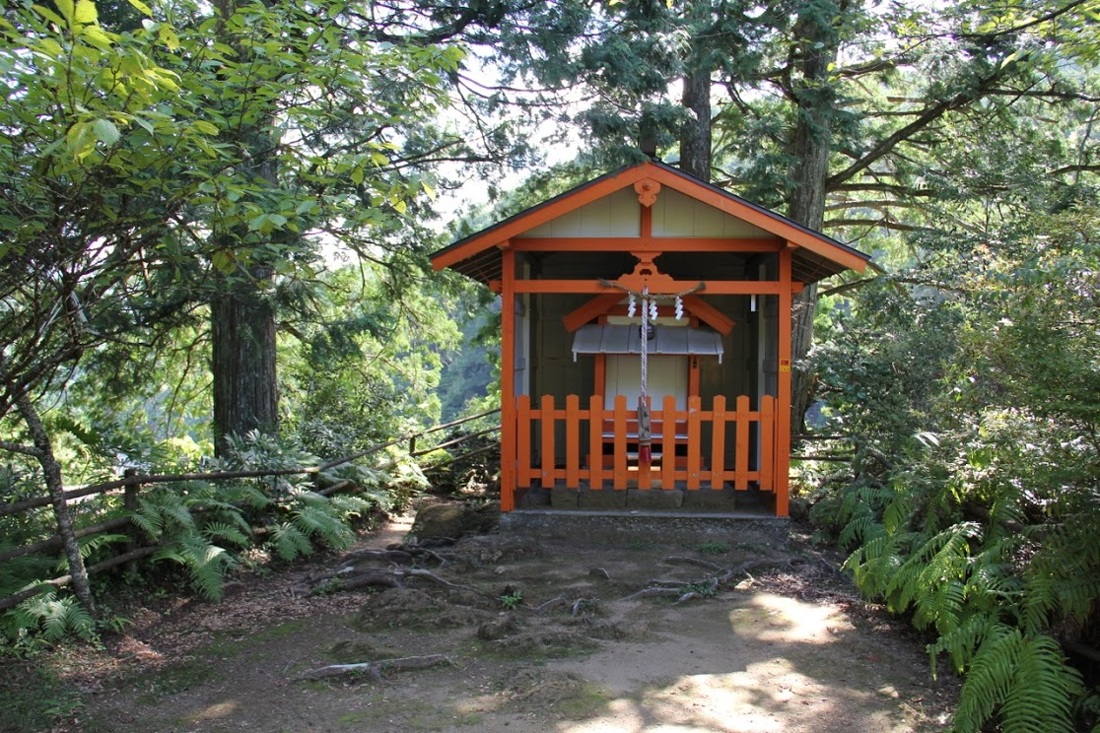
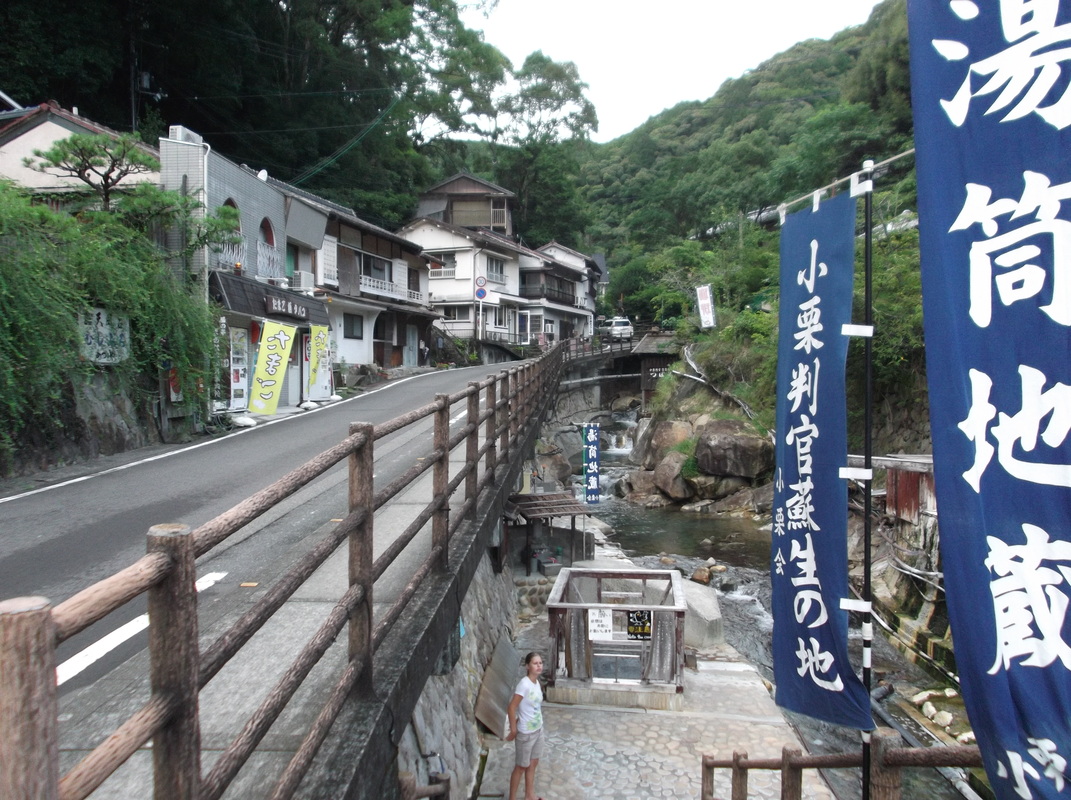
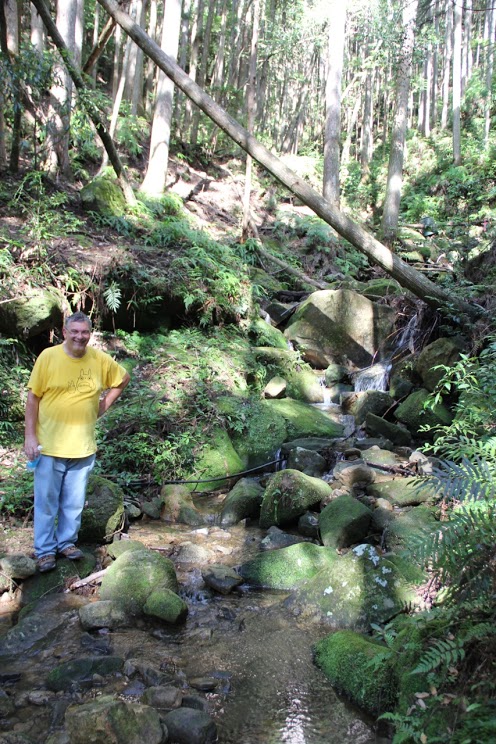
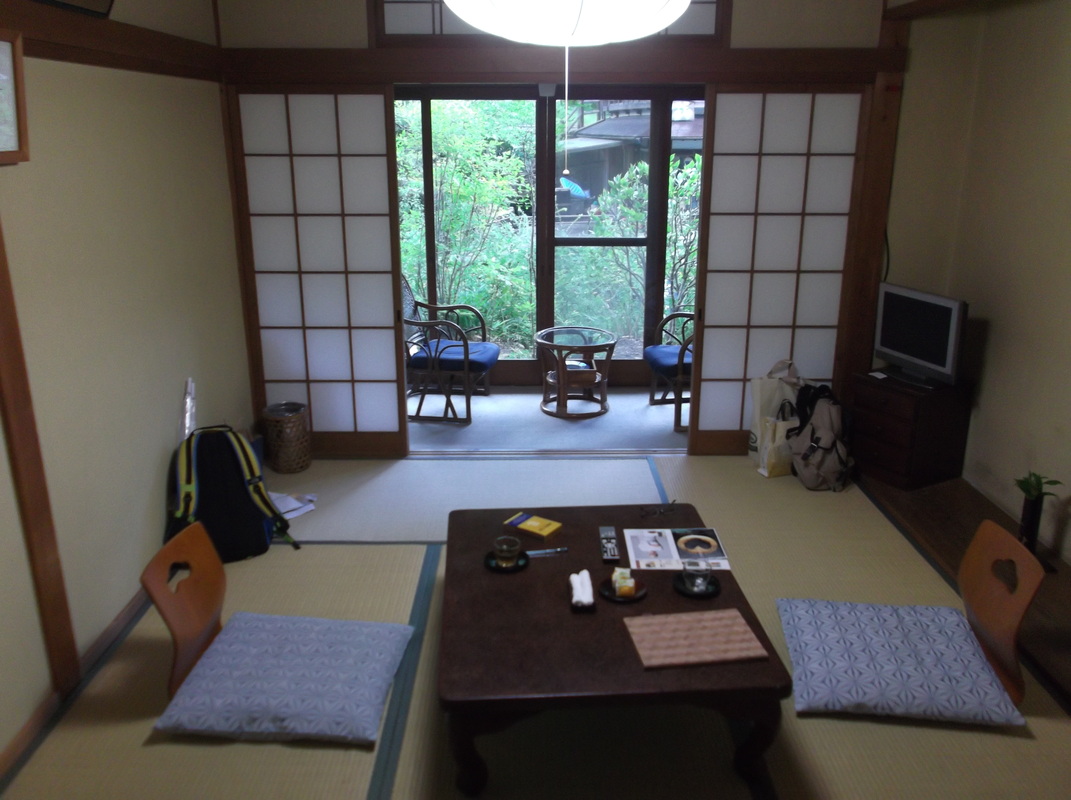
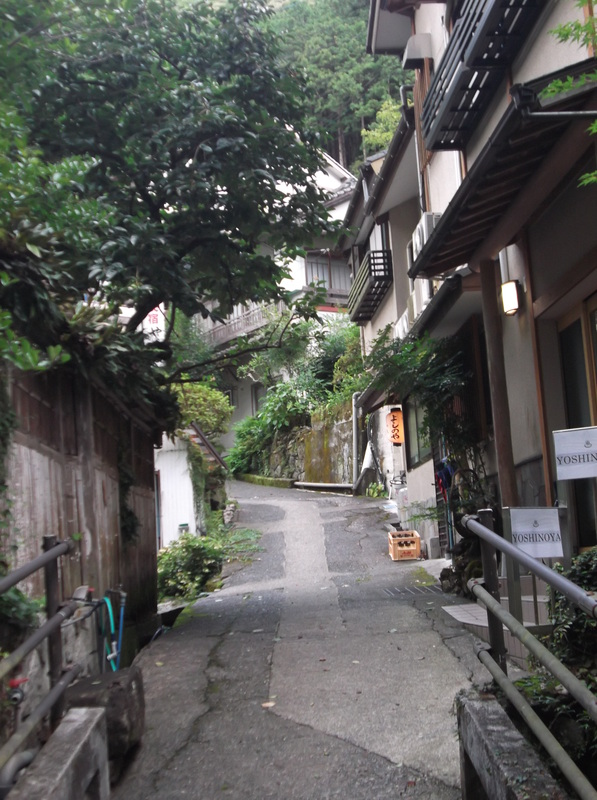
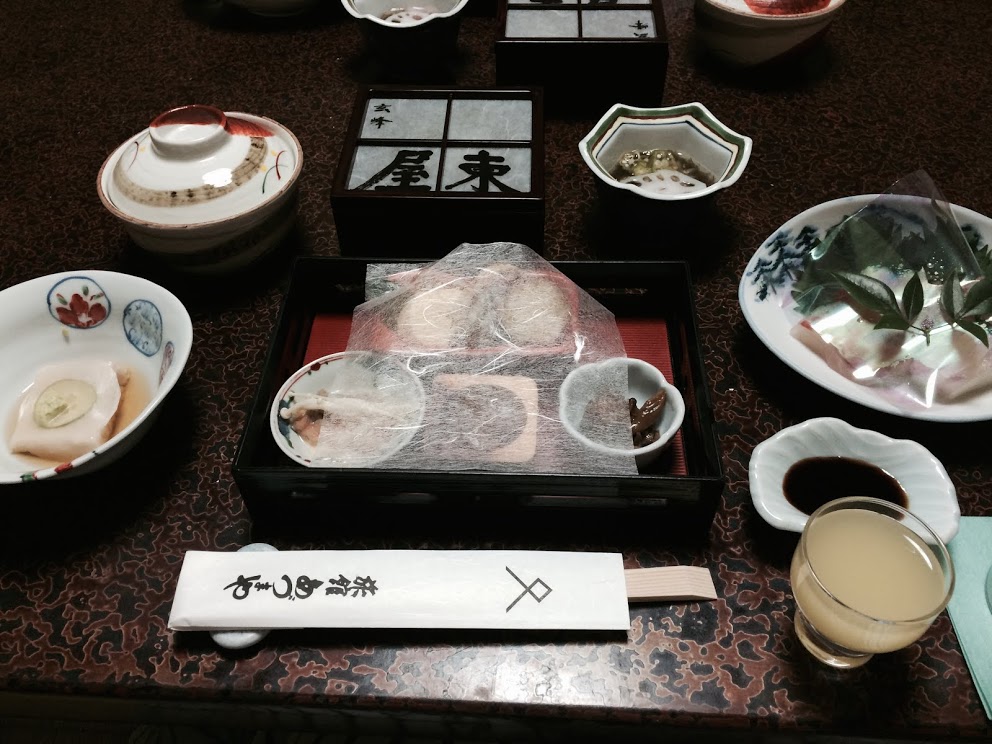
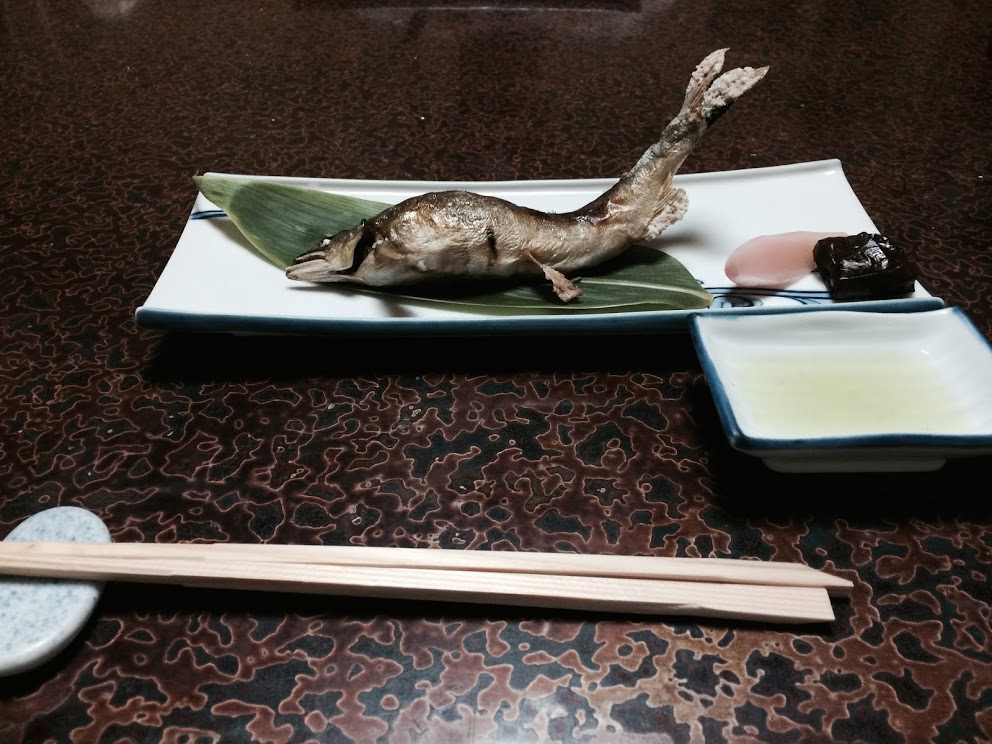
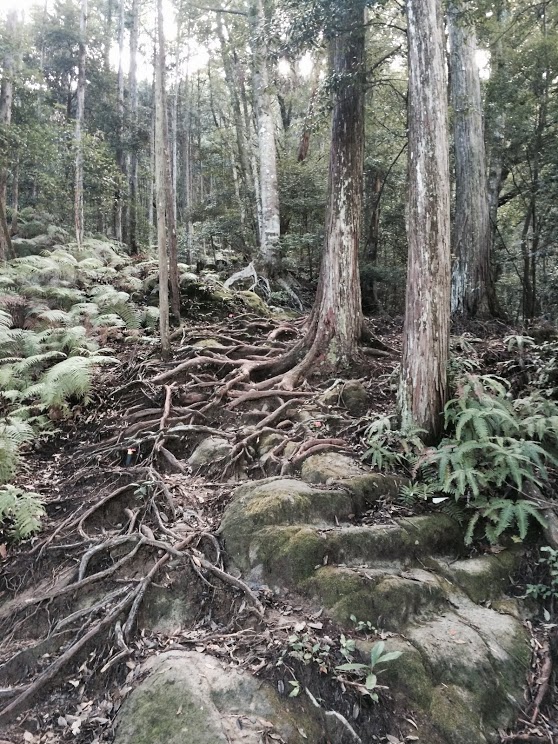
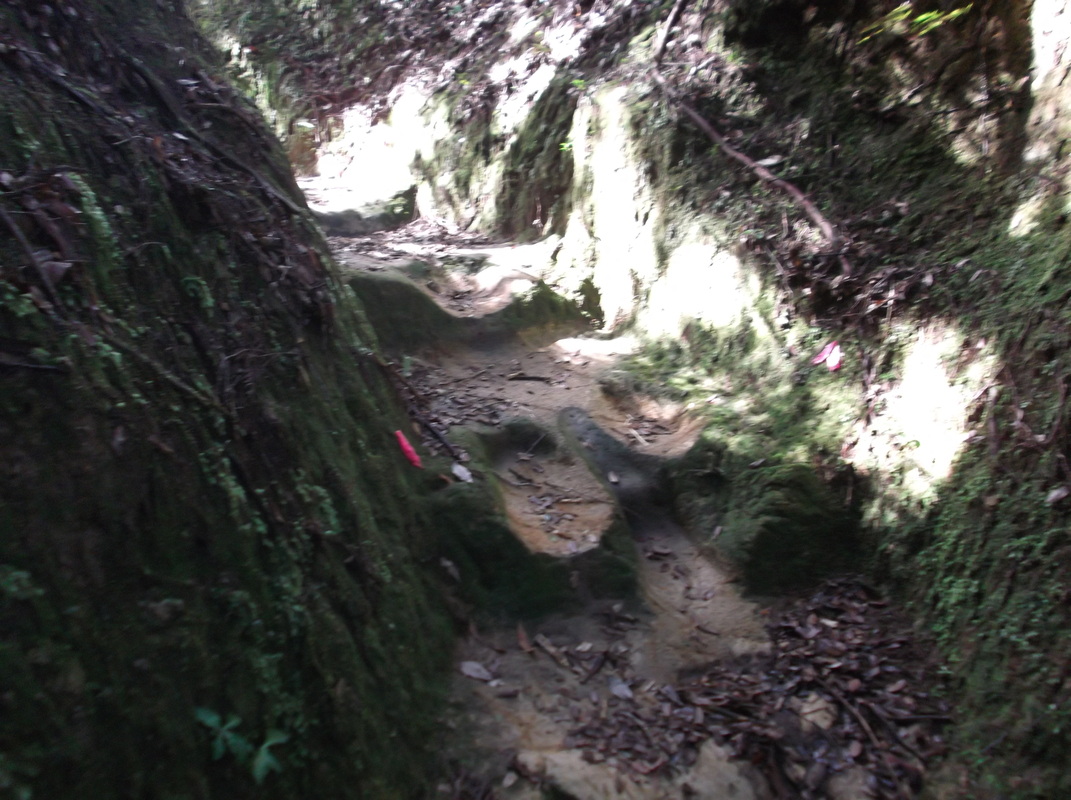
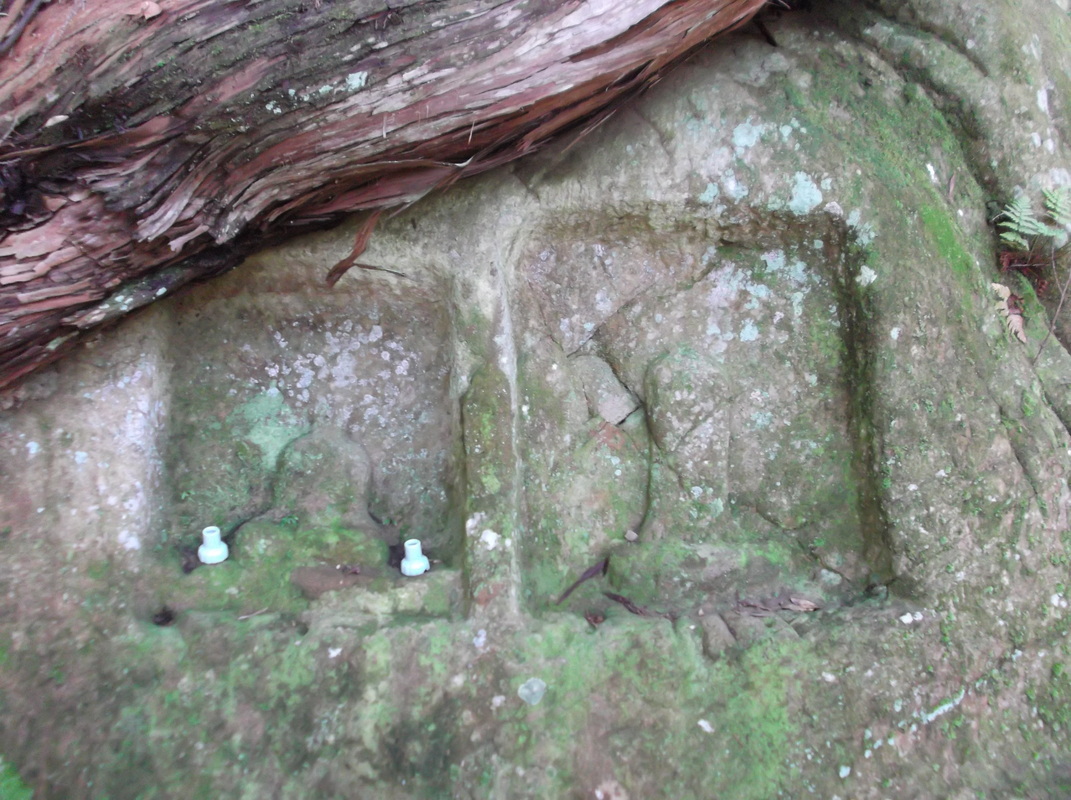
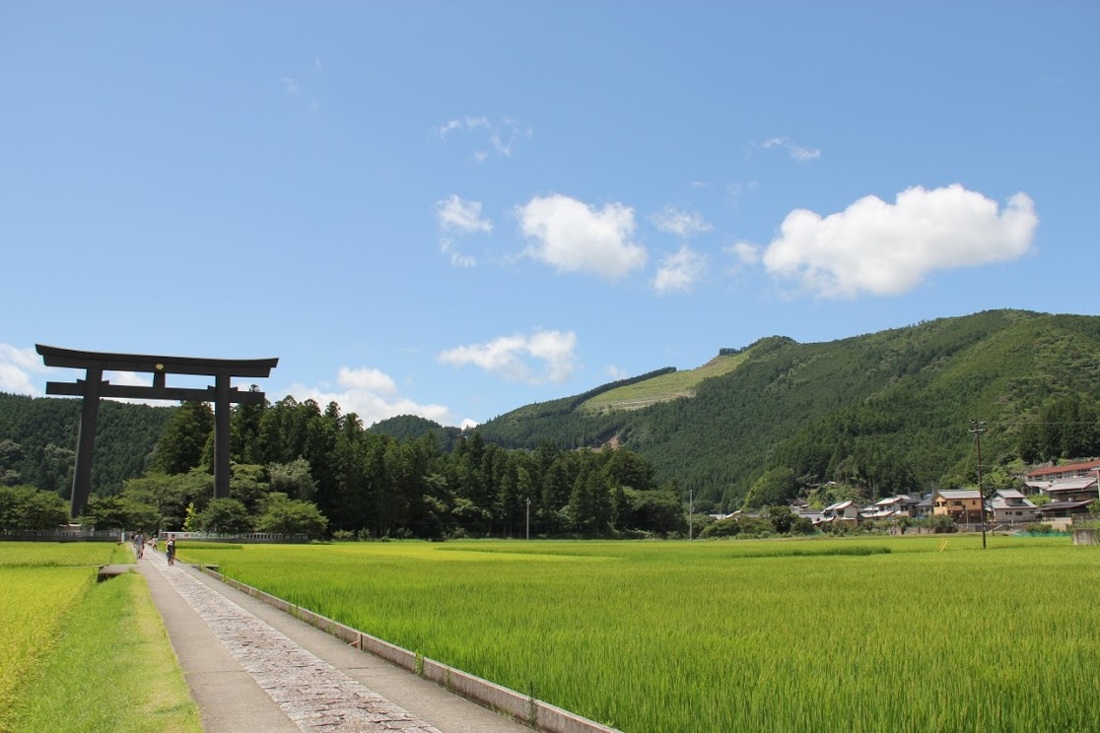
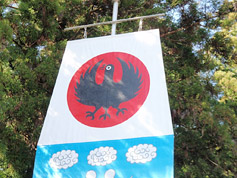
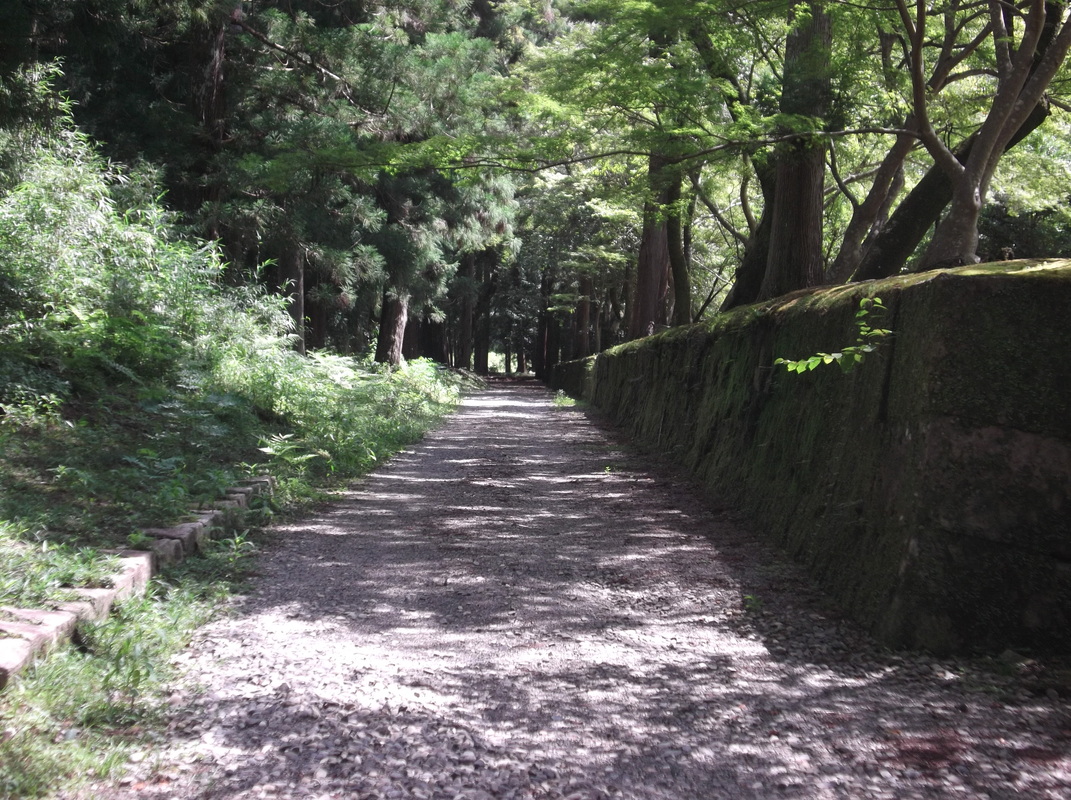
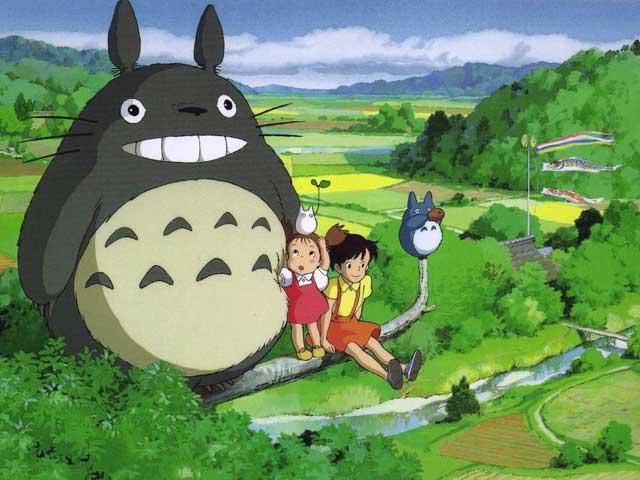
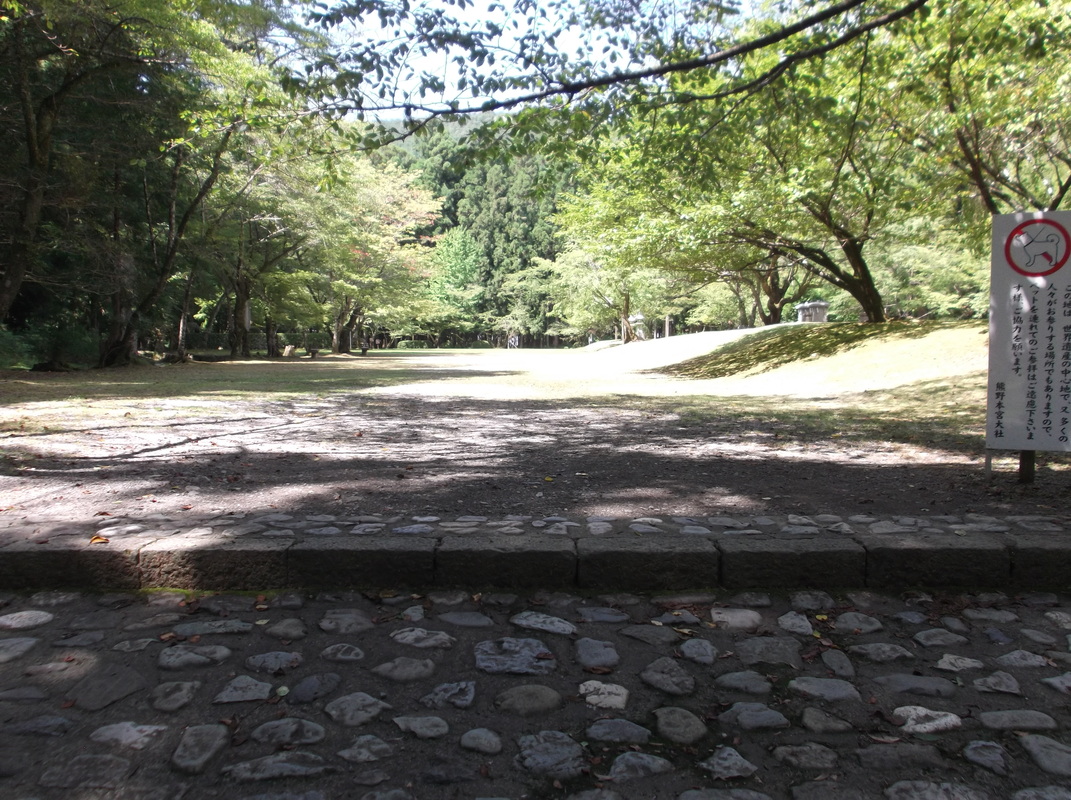
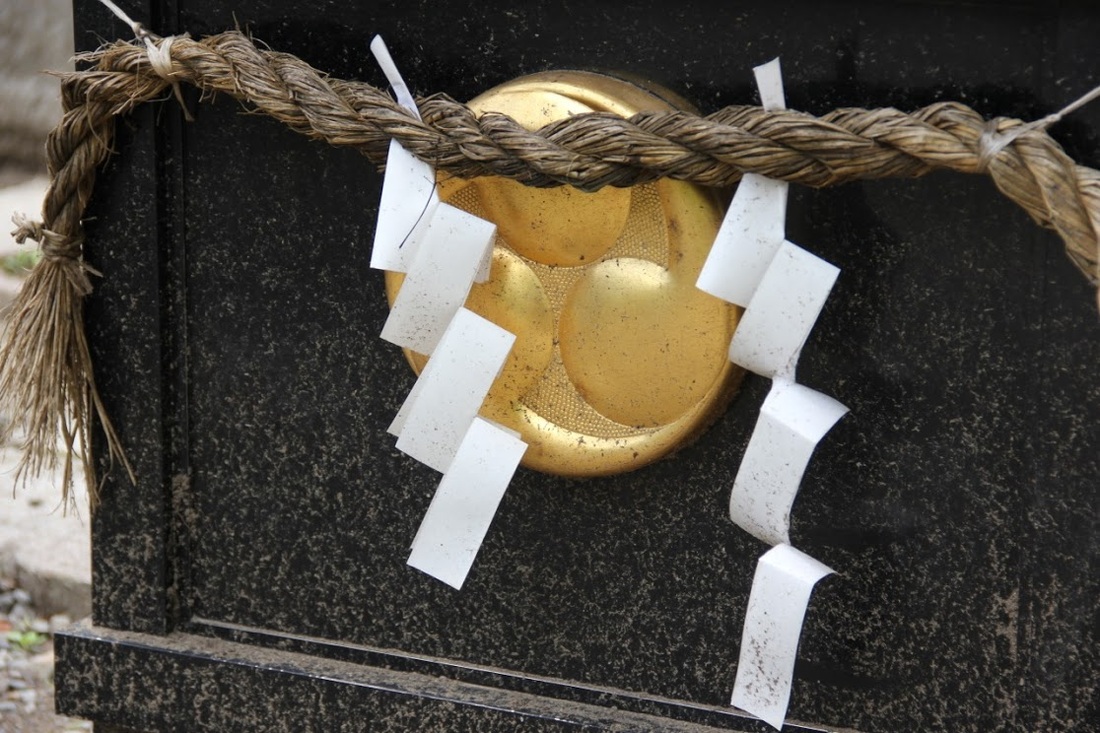
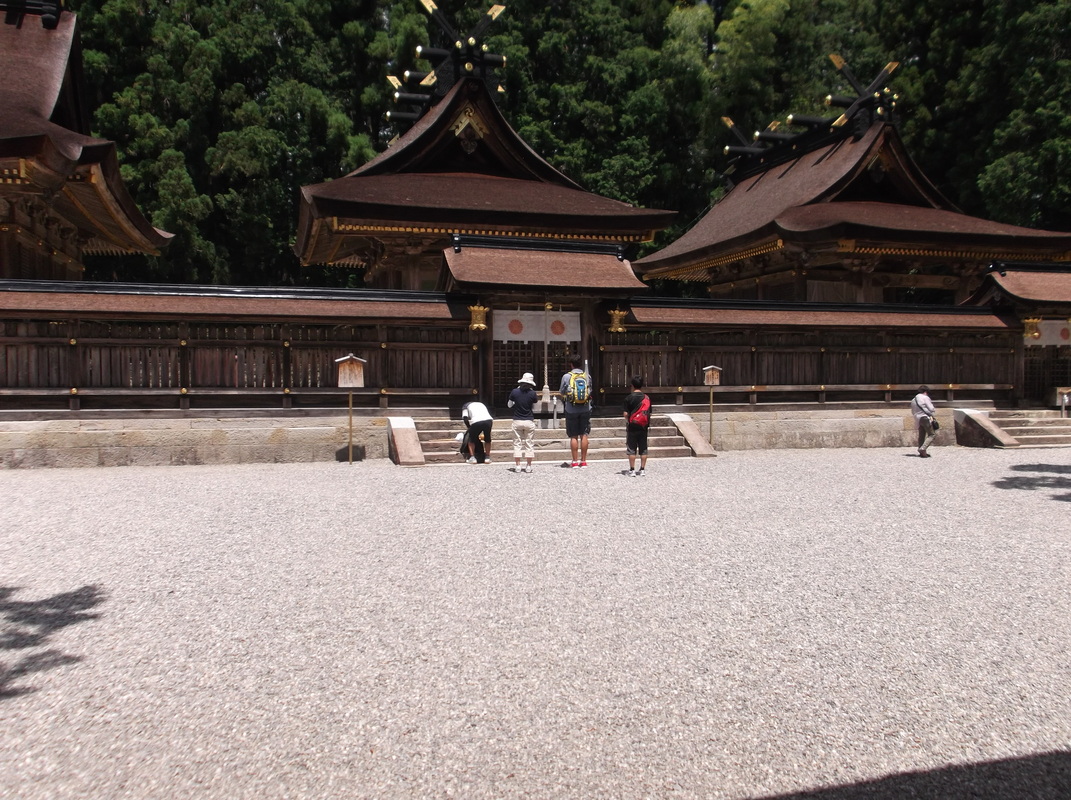
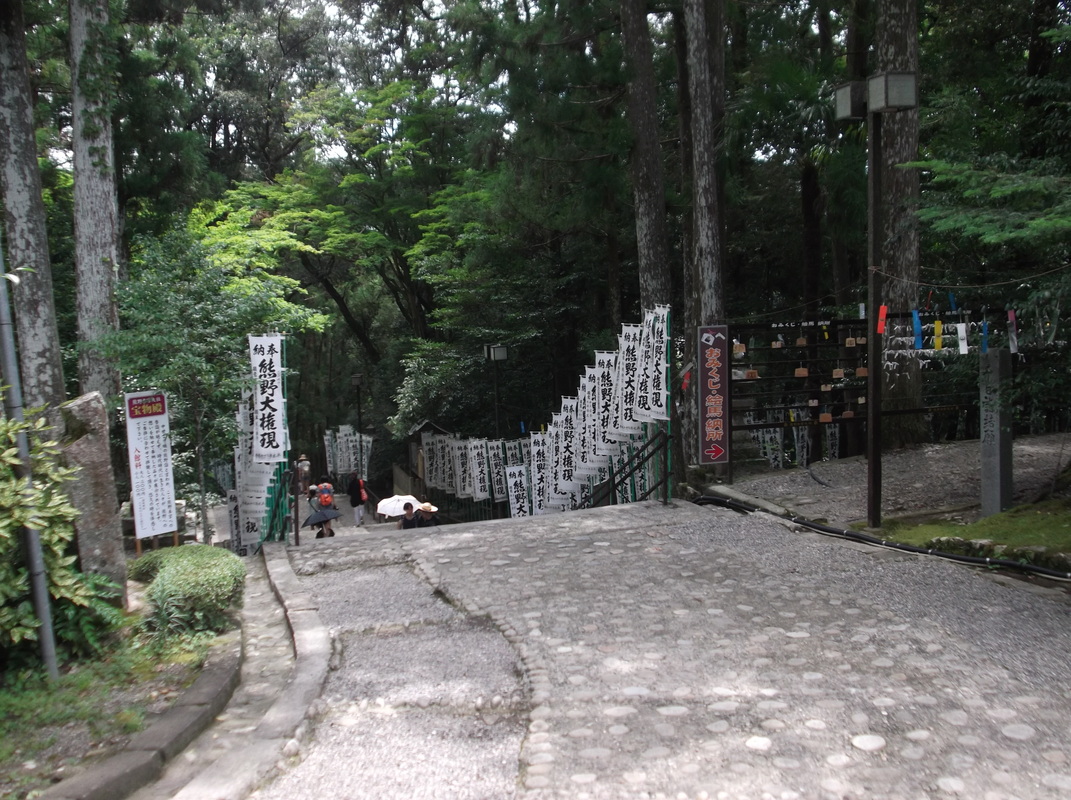
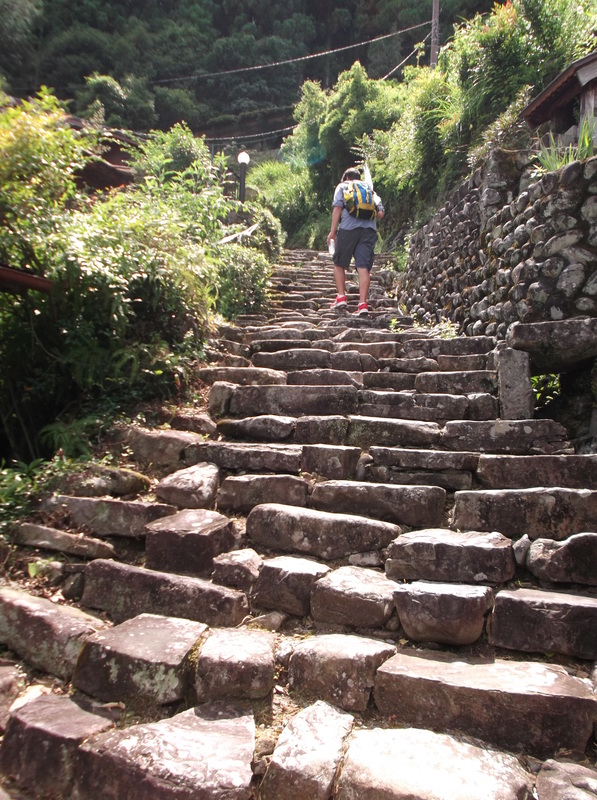
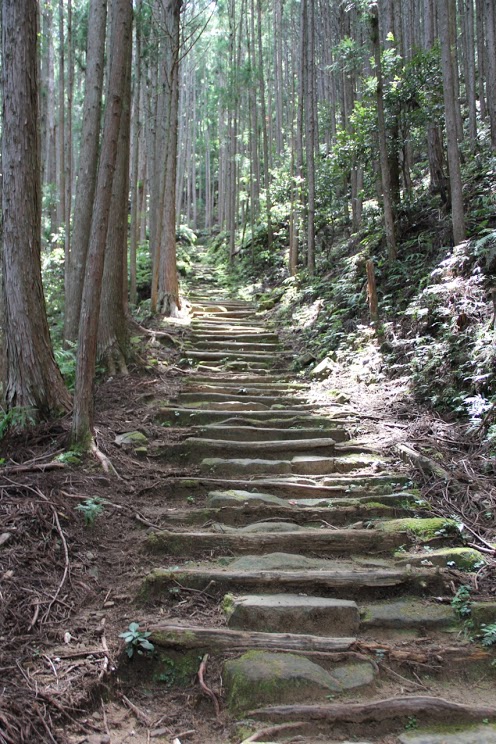
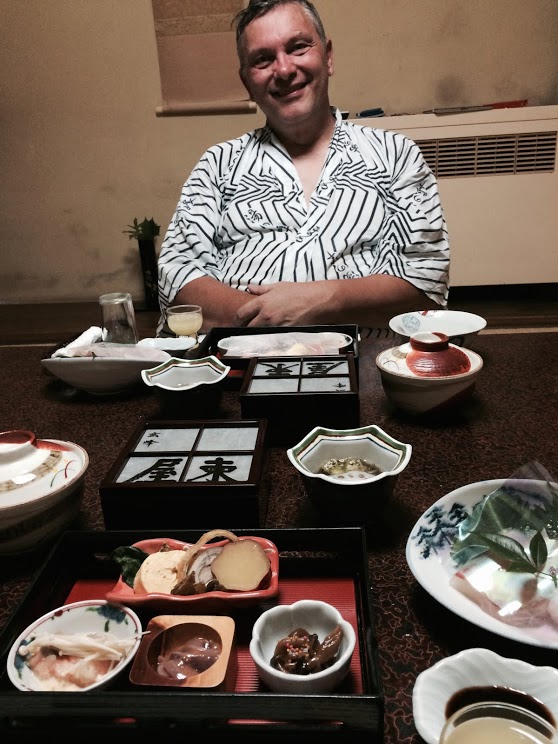

 RSS Feed
RSS Feed